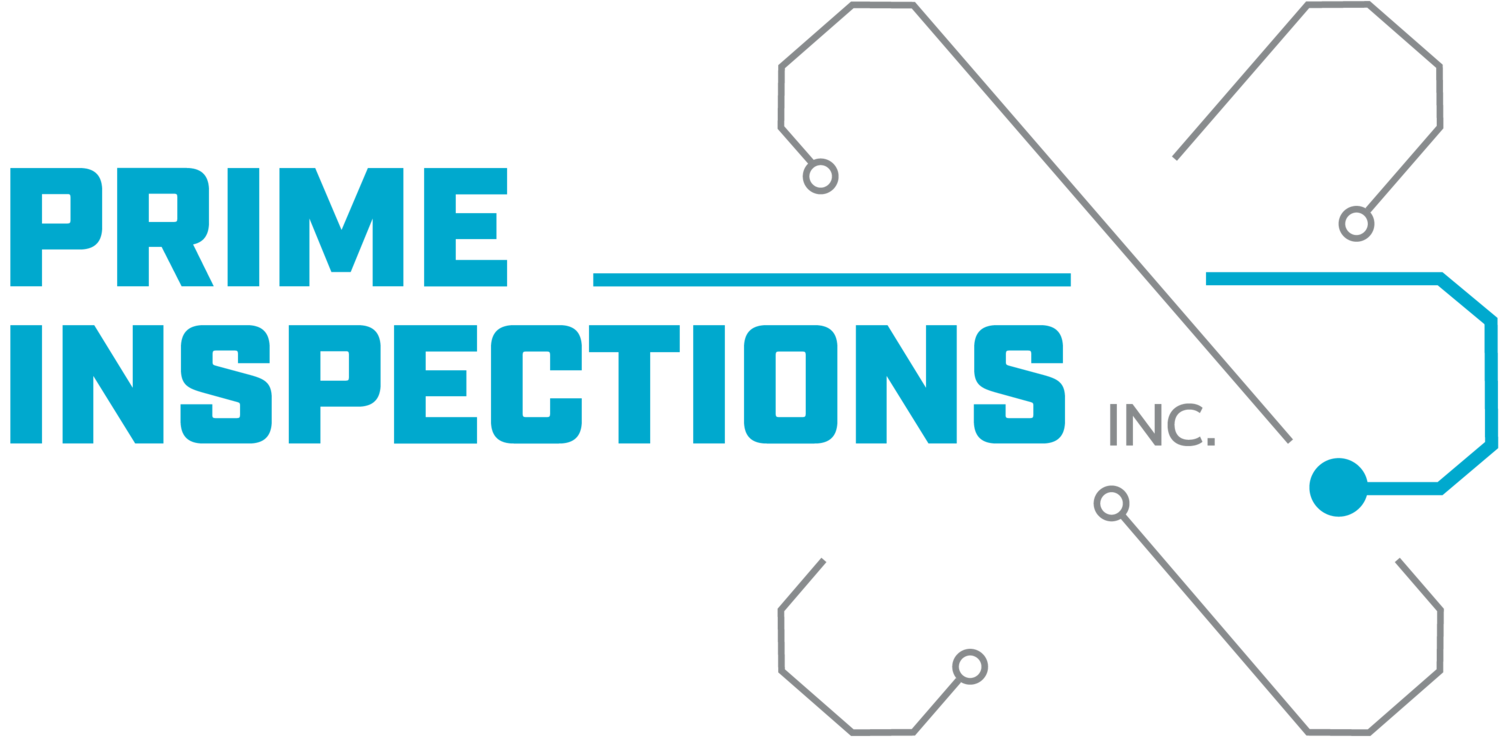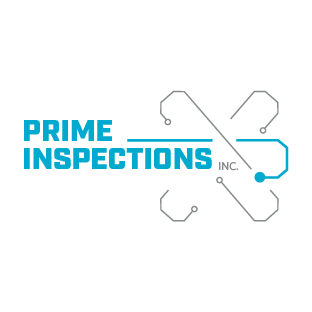
Improvements in Image Quality and Productivity of Digital Radiography
Comparing RT Vs. DR
Conventional Film Radiography
Applied and accepted for the past 40 years.
Uses roll films, processing chemicals, and darkroom facilities.
Issues with RT film potentially including scratches, crimp marks, chemical stains, poor agitation, and re-shots, which lead to contractor delay charges.
Requires film storage and handling for long-term retention of information.
Digital Radiography
Gaining acceptance since 2005.
It uses Imaging Plates (CR) or Digital Detector Arrays (DDA), virtually eliminating the need for chemicals and darkroom processing.
Allows “on the fly” scanning of welds with real-time review, analysis, and reporting (with DDAs).
Helps correct welding process errors to avoid persistent defects.
Standard data file format (DICONDE) for viewing using multiple software platforms.
Quality Improvements
Image Quality and Processing
Digital radiography systems can detect and eliminate static during image capture, preventing image distortion caused by vibration. Each digital image includes an Image Quality Indicator (IQI), ensuring consistent quality across all inspections. Advanced software capabilities allow for stitching images together, creating a seamless weld image that provides a comprehensive view of the inspected area. Digital radiography minimizes image artifacts, with the only exception being non-functional pixel displays, thus improving clearer and more accurate images.
Code Compliance
In terms of code compliance, digital radiography systems meet the stringent requirements of ASME Section V- Mandatory App IX, ensuring adherence to industry standards. These systems achieve a sensitivity of 2% or better, significantly enhancing the detection capabilities for defects and anomalies. The process to verify system performance is simplified, reducing the complexity and time required for compliance checks.
Data Review, Reporting, and Retention
DR utilizes the DICONDE data format, standardizing and securing data management processes. Advanced viewer software facilitates basic image review and evaluation, making the assessment process more user-friendly and efficient. Including image measurement tools simplifies the evaluation process according to code criteria, allowing for quicker and more accurate data interpretation and reporting.
Productivity Improvements
Faster Image Acquisition and Review
Instant Imaging: DR provides immediate image acquisition, allowing inspectors to view results in real-time.
Real-Time Analysis: With digital systems, images can be analyzed and reviewed instantly, enabling quick identification and correction of defects.
Minimized Retakes
Consistent Quality: DR produces consistent image quality without the variability introduced by chemical processing.
Immediate Feedback: Inspectors can immediately determine if the image is satisfactory, allowing for quick adjustments and reducing the need for repeat exposures.
Reduced Exposure Time
Efficient Detection: Digital detectors are more sensitive and often require lower radiation doses and shorter exposure times to capture high-quality images.
Enhanced Data Management and Reporting
Electronic Storage: Digital images are stored electronically, making them easy to retrieve, share, and archive. This reduces the time spent managing physical film and enhances collaboration among inspection teams.
Standardized Formats: Using standardized data formats (e.g., DICONDE) ensures compatibility across different software platforms, facilitating seamless data handling and reporting.
Automated Reporting: DR systems can generate automated reports, reducing the time needed for manual documentation.
In Conclusion, With Improved Quality and Productivity Using DR on Pipeline Welds:
Justifiable Investment: The high capital investment required for DR is justified by its ability to gradually replace conventional RT, offering long-term cost efficiency and superior results.
Remote Oversight: DR enables client representatives to perform remote oversight through advanced viewer software, facilitating data review and quality assurance without the need for physical presence onsite.
Error Correction: DR allows for early detection and correction of weld production process errors, reducing the need for costly follow-up repairs and ensuring the integrity of pipeline welds.
Cost Savings: Significant cost savings are realized when transitioning to digital due to faster exposure times, which streamline the inspection process and reduce operational downtime.
By adopting digital radiography for pipeline girthweld inspections, companies can achieve higher quality control, enhanced productivity, and considerable cost efficiencies.











